Return to journal
In a world full of lies, can brands be authentic?
Brand authenticity isn't just an aesthetic. Teagan Robinson, our Senior Copywriter, shares how brands can be genuinely authentic amidst the whirlwind of deception
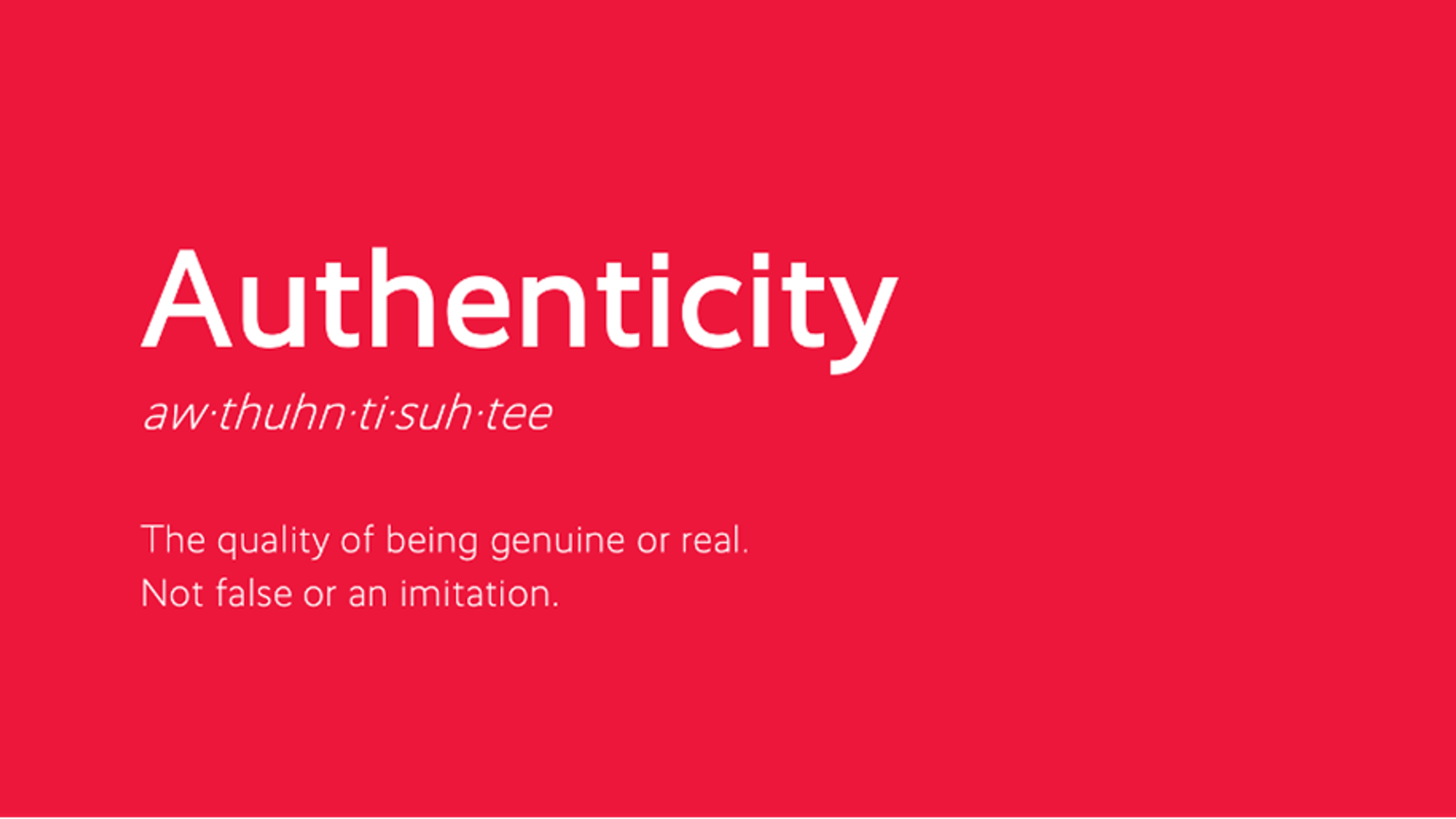
It's no secret that the world is pretty grim right now. We're experiencing an overload of misinformation, and now people are searching for brands they can trust. We've seen tokenism, greenwashing and rainbow-washing, followed by backlash and boycotts, leaving many brands hesitant to speak. So, what does the future hold for brand authenticity in this era of trickery and lies?
The good news is that we're witnessing a powerful shift toward genuine authenticity. 88% of consumers say authenticity is a key factor when deciding which brands they like and support. So, we know authenticity comes from vulnerability. For brands, that means being open and honest about the good, the bad, and the struggles. Unlike engagement and reach, authenticity isn't something we can measure directly. But there are things we can do to make sure that we always hit the right note.
1. Tell real stories
Get outside and speak to people who aren't clients. Hand over the mic to your audience. Make sure you’re listening to the people who experience your brand, because woven between the sounds of thinking are what people actually care about. To do this, you need to:
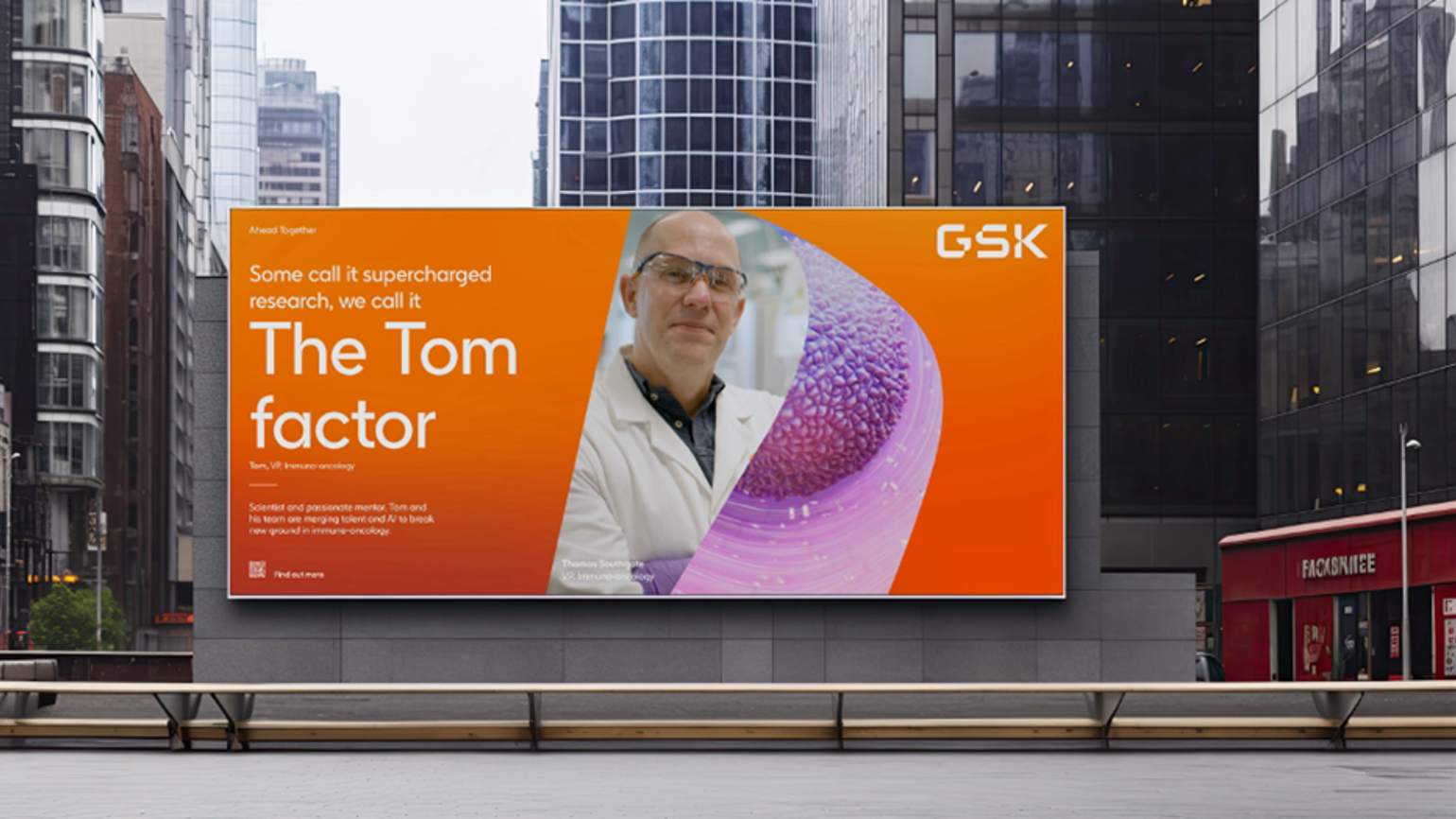
> Get out of your bubble
It's not just about listening and repeating. It's about collaborating to trigger positive feelings, whether that's understanding in shared struggles – or even anger when directed toward the things we want to change. The brilliant 'Assume That I Can' campaign from CoorDown, challenges stereotypes. It’s authentic because it speaks from experience and questions everyday assumptions. Like GSK's Great Place to Work campaign, we wouldn't have captured the real stories that drive their teams without a proper chat.
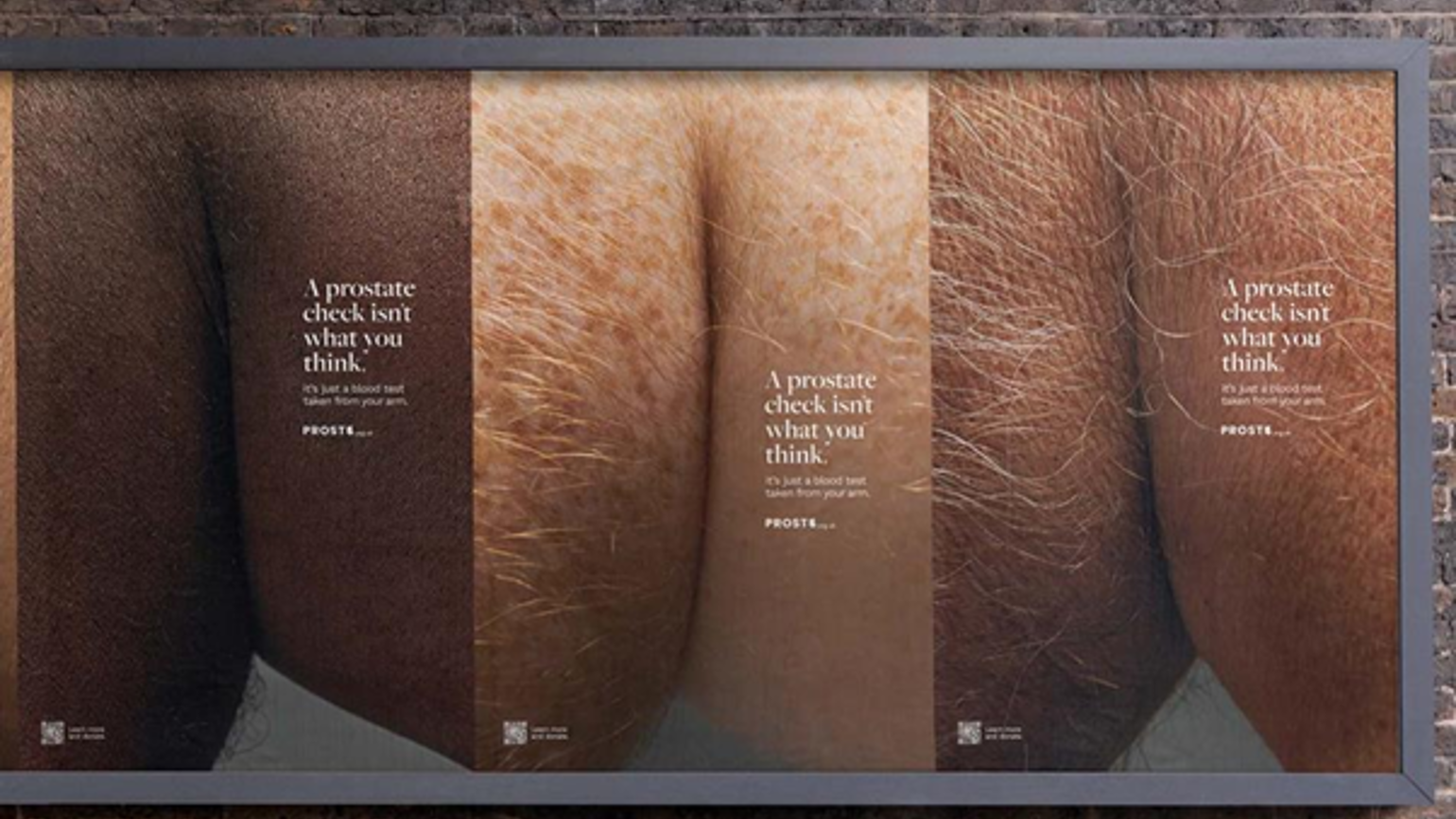
> Be cheeky
Humour allows brands to be authentic and disarming at the same time. Our Behaviour Change Strategist, Kate Napoli, says, "By using humour, we create a safe space for people to engage in conversations they might otherwise avoid. Particularly when it comes to more taboo matters, like cancer screening, it helps make the topic more approachable". The Prost8 campaign is a great example. It tackles the awkward feelings about prostate exams head-on, using visual trickery to grab attention. Featuring arms that look like butt cracks to reveal that the test is a simple blood draw from the arm. It's a crackin' example of starting a genuine conversation addressing a taboo topic with a bit of fun.

> Make it personal
We can't reach everyone, and we know that sweeping statements turn people off. So, how can we connect? We personalise the message to fit our audience's experience. It's key to be realistic but not overly pessimistic because people need hope.
Just look at how period-focused brands moved from sterile blue to blood red. Bodyform's #Wombstories alone drove a market share increase of 8.1% in the UK and 9.9% in Denmark. Following suit, Always came with Goodbye Gush Fears, tapping into a shared experience that often goes unspoken. By showing a deeper understanding, they build trust by showing they know what they are talking about.
Remember: Your brand doesn't need to be everything to everyone. Tapping into a niche instead of generalising helps create a single-minded idea.
2. Prove there's nothing to hide
People are used to being deceived by brands. They're not fans of half-truths or vague claims. Like the Netflix series: Don't Fuck with Cats showed us, people will find out. That's why the brands getting their accolades are the ones taking accountability or opening up about ingredients. How we do it:
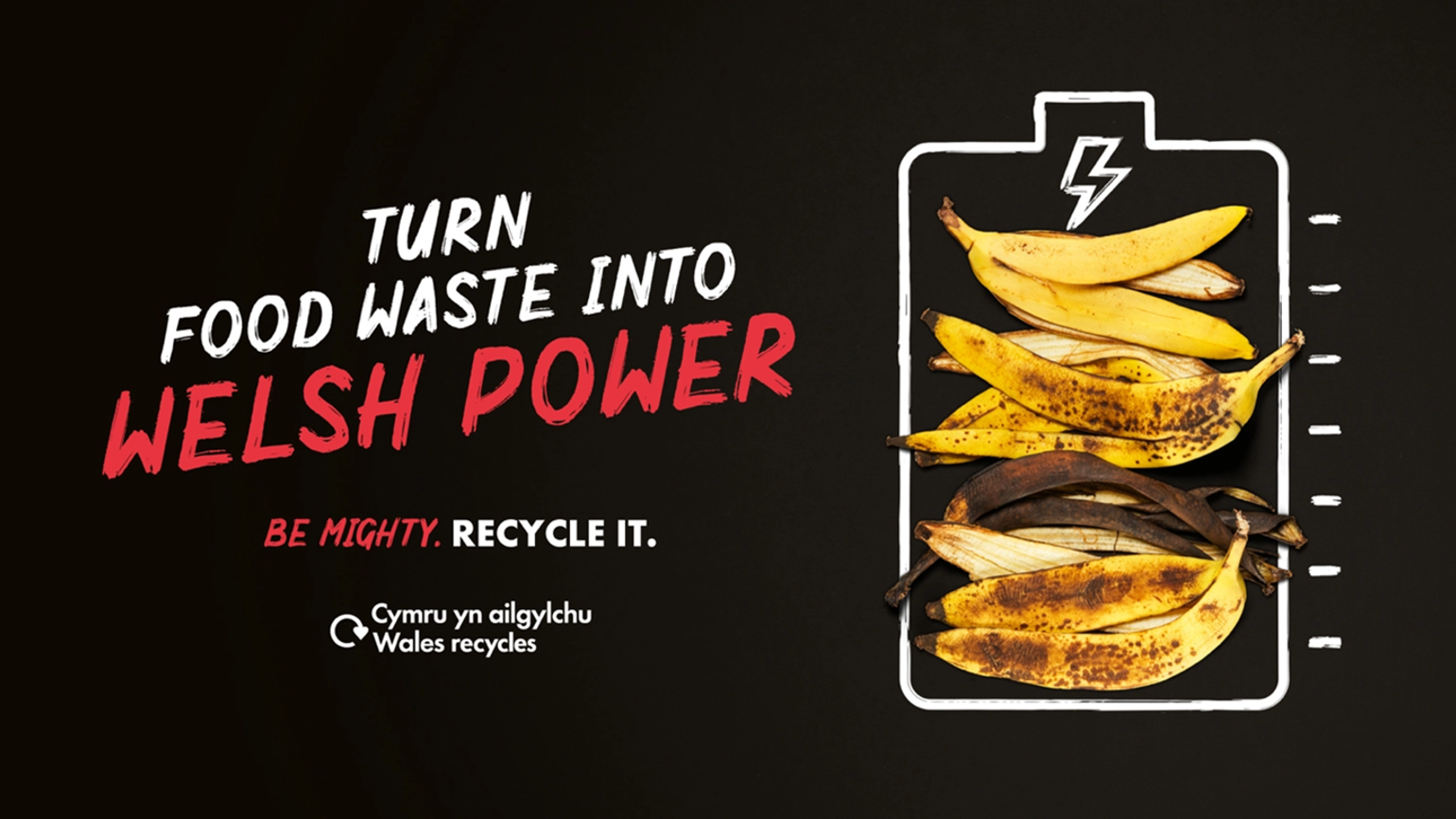
> Be open and honest
People want to know what they're in for. They want easy access to information like what happens to their recycling. It's about being transparent and empowering choices. In Wales, food waste gets recycled into power. The Wales Recycles Be Mighty Campaign showed this related to daily life, keeping it clear to give the audience knowledge to make better decisions.
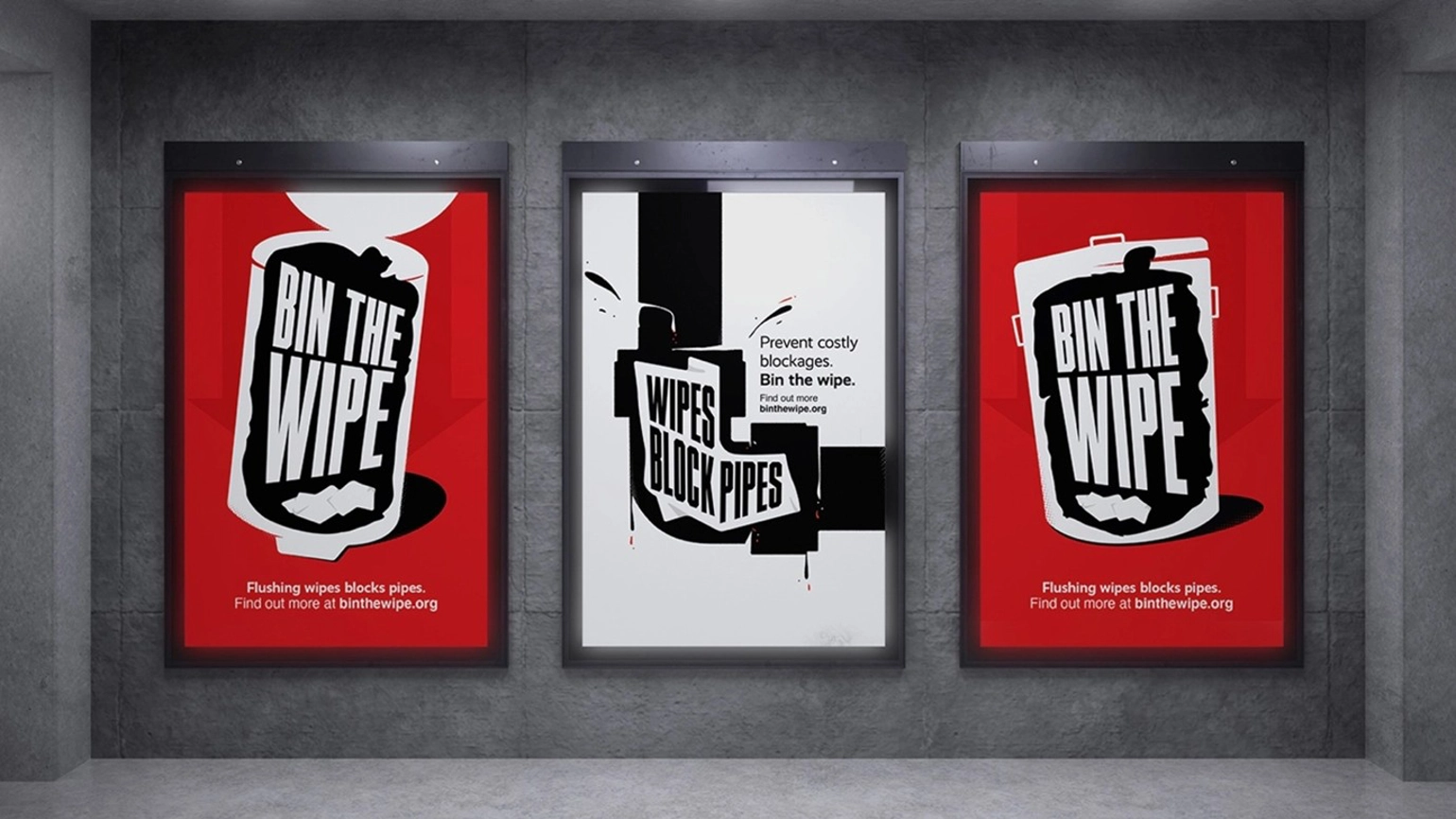
> Be the solution
Acknowledging the issues we face with honesty helps people get behind a mission. Sharing how we get to the solution takes it a step further. Patagonia's Don't Buy This Jacket campaign didn't just sell a product—it acknowledged overconsumption. Urging consumers to think before purchasing. That honesty reinforced Patagonia's brand mission and deepened trust. Like Water UK's Bin The Wipe campaign, which challenged a nationwide issue by arming people with the facts to make the right choices. Both campaigns offered the knowledge to help people be part of the solution.
3. Make sure it's the right fit
There's no point in trying to be authentic if it's not true to the brand. We've seen this happen in real time. Forcing the aesthetic of authenticity will have a negative effect. The backlash Stormzy received for his McDonald's campaign was down to contradictions following posts advocating for a #FreePalestine. This partnership damages his reputation as a fighter against injustices. We now see collective mistrust surrounding his brand of doing good for the community. How we do it:
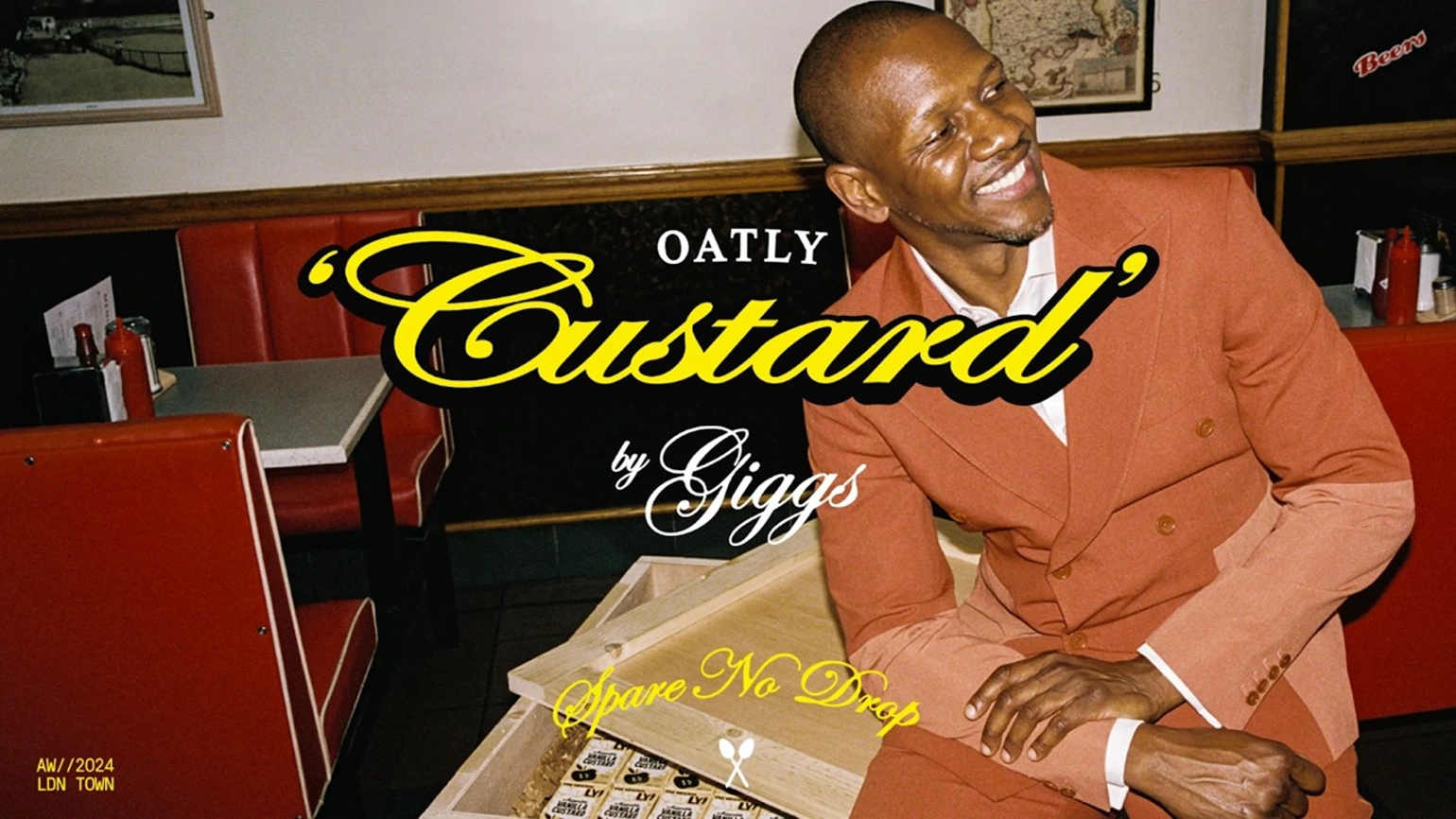
> Vet your voices
When selecting a partner for your campaign, it is essential that all parties genuinely align in value. The Giggs and Oatly collaboration gets it right and tells a bigger story. There's no question why it's happening: "It's a partnership born out of a mutual love for a classic dessert…and a shared inability to digest dairy." Brilliant.
> Speak with sensitivity
It's not only about what you say; it's also about how and when you say it. Avoid alienating people with negativity. Instead, champion the people you're speaking to. We don't want people to feel alone or othered. We want them to feel seen and heard. You have to be listening to understand the nuances of the community, whether you're part of it or not.
> Stay on brand
You know it's about the way your brand speaks. But let's take it further: How does your brand take on humour? Give bad news? Or discuss uncomfortable topics? It's not a case of jumping on trends for the gram. We've got to lean into who the brand is, you know, that umbrella idea that everything ties back to. It needs to make sense.
4. Risk for reward
Great ideas get watered down more often than we care to admit. While risk aversion is natural, playing it too safe can lead to bland and forgettable messaging. That's why we push back. If we look at it strategically, it's only a risk if we're unaware of what's happening around us. It's about consistently showing up—not to perform but to mirror culture and where your brand fits into it, whether it fits into the feed or stands out. So, we need to:
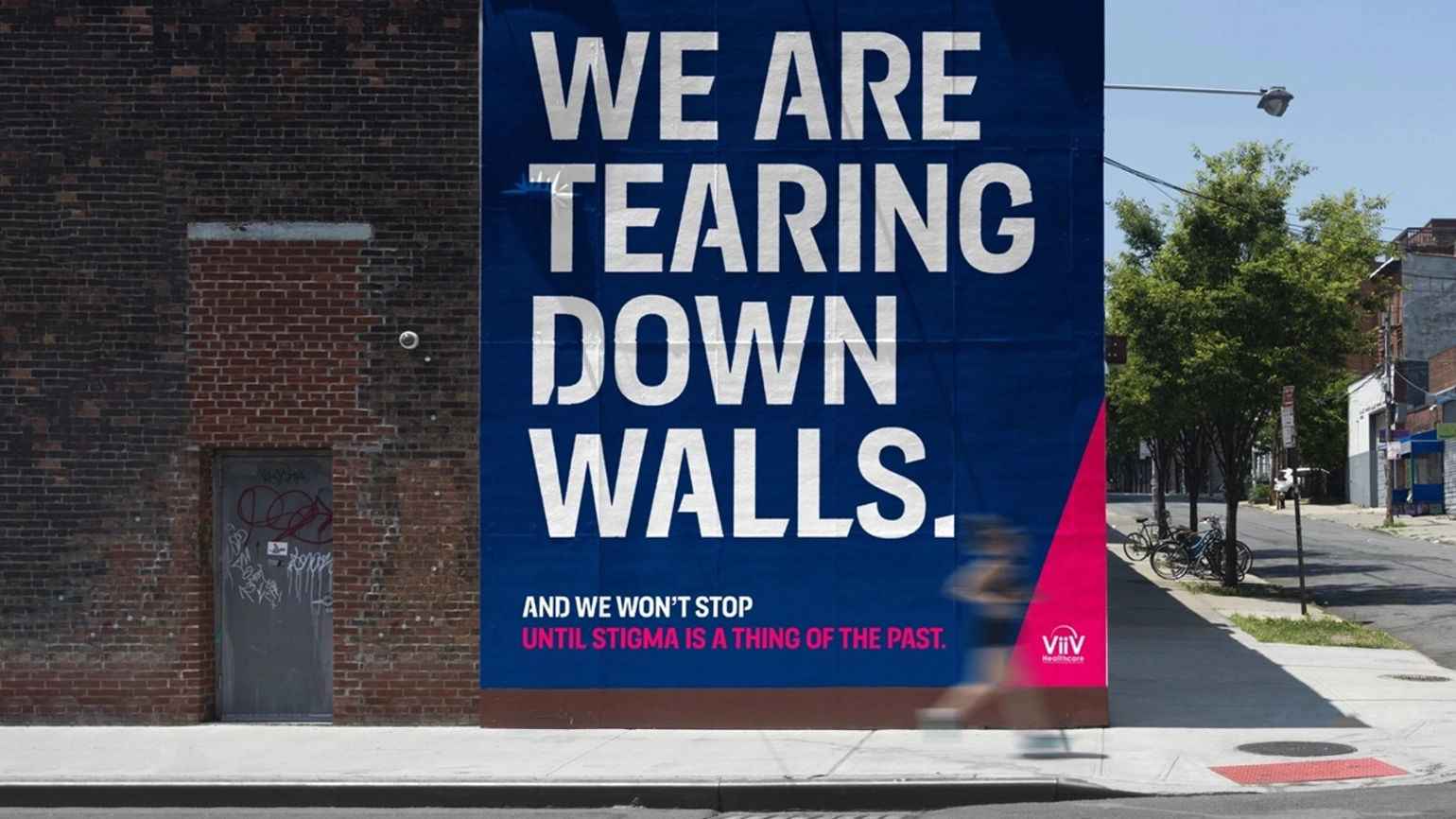
> Be brave
It repels people when we dilute our work because of fear of backlash. They're already bombarded with marketing speak, so they see straight through it. Pull in elements from 1. Tell real stories, which means collaborating with real people and your clients. We want to create a balance of knowledge and experience to have confidence in what we’re putting out there. ViiV Healthcare's We Won't Stop is a rallying cry, with positive language and imagery bringing ViiV's promise front and centre.
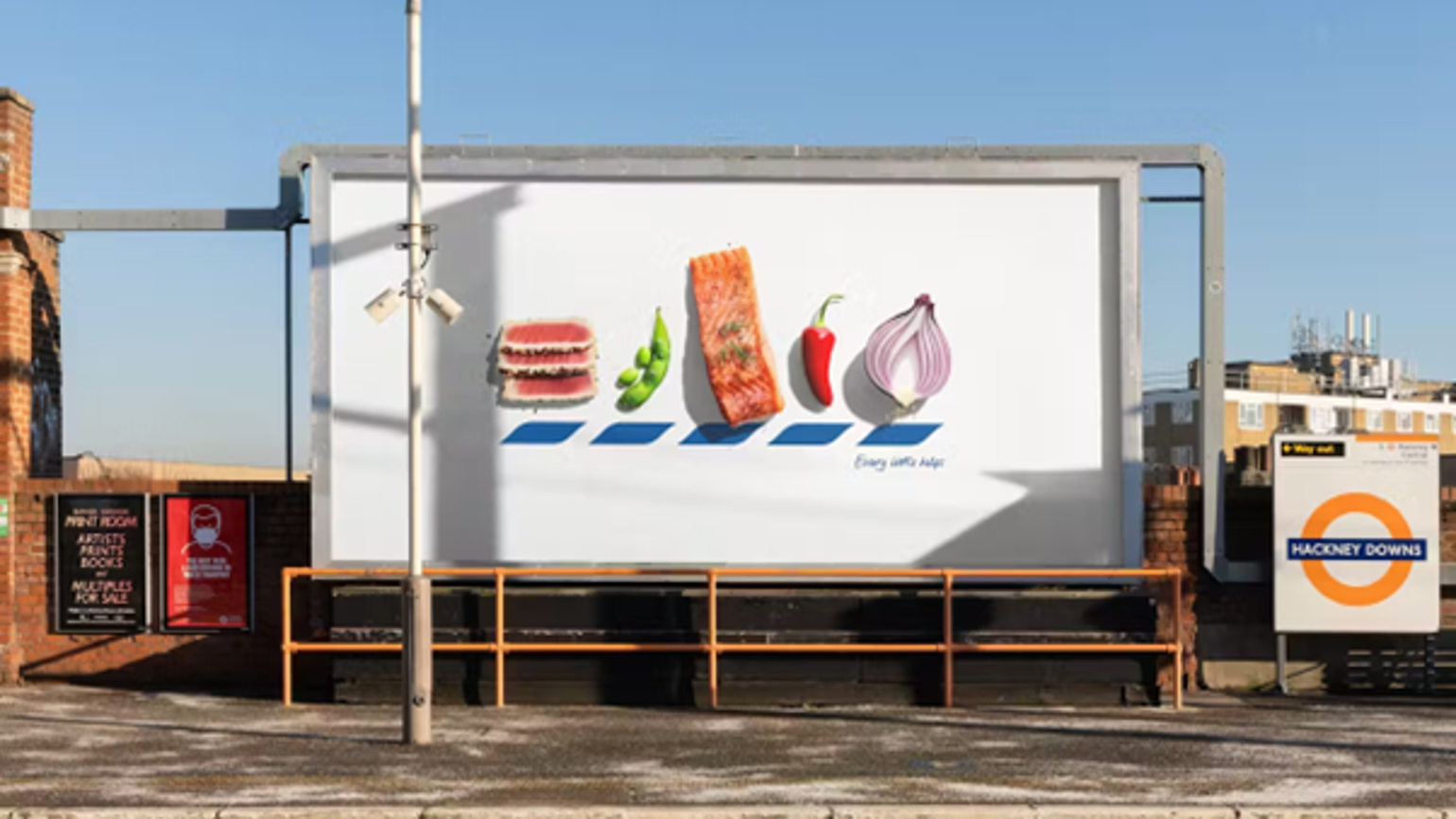
> Keep it consistent
If your brand doesn't keep up with its audience, it risks turning them against it. Or worse, pushing them into neutrality with poor recall. We all want our brand to establish itself so well that we don't even need a logo. Go on Tesco with 'It's Not A Little Thing. It's Everything'. The campaign lets the products take the spotlight while staying true to the brand, leaving no room for mistaken identity.
Okay, so we know authenticity needs to be more than an aesthetic.
As the World Wide Web overflows with misinformation, we see the value grow in authentic brands. They want brands that tell real stories, prove there's nothing to hide and that the partnerships are relevant. They want brands that take risks because they know their own brand and, most importantly, their audience.
